No matter how much product research you have done, launching a new product feels like jumping out of a plane to skydive headfirst. With all the fundamental questions rushing through your head:
"Will they like the product?" "Will they buy it?" "Will they use it?"
And that's exactly where product adoption slides in. With our blog post, you'll learn about the main stages of product adoption process, what are the crucial actions to take at each of them, and how you can improve it with customer feedback. We'll also tell you about the bottom-line metrics to upgrade your product adoption strategy.
So, without further ado...🍃

What is product adoption?
Product adoption is the process people usually go through, from first hearing about your product to becoming regular users. It begins with awareness, where they first learn about the product and its benefits. This curiosity leads them to try it out. If they find it useful, they keep using it regularly.
In simple terms, it's the journey from discovering a product to making it an essential part of everyday routines.
How do users adopt new products?
The product adoption lifecycle involves several stages that help users move from first learning about a product to fully integrating it into their routines.
6 stages of the product adoption process
Awareness stage
In the awareness stage, potential users learn about your product for the first time.
People who look for a new solution do so to solve their existing pain points or because they are dissatisfied with the way their existing setup handles them.
To capture their attention, it's vital to make a strong impression. You can achieve this through various marketing strategies—social media, content marketing, or advertising.
⭐️ Remember to:
➡️ Introduce your product's main benefits
➡️ Differentiate it from competitors
➡️ Reach a broad audience.
Interest stage
Next is the interest stage. Here, users who are aware of your product seek more information on how it can help them achieve their goals. They may start following your brand on social media, sign up for newsletters, or visit your website frequently. The goal is to keep them engaged and curious about your product.
⭐️ Remember to:
➡️ Develop marketing materials that appeal to different users
➡️ Engage potential users through informative content
➡️ Build a connection with the audience
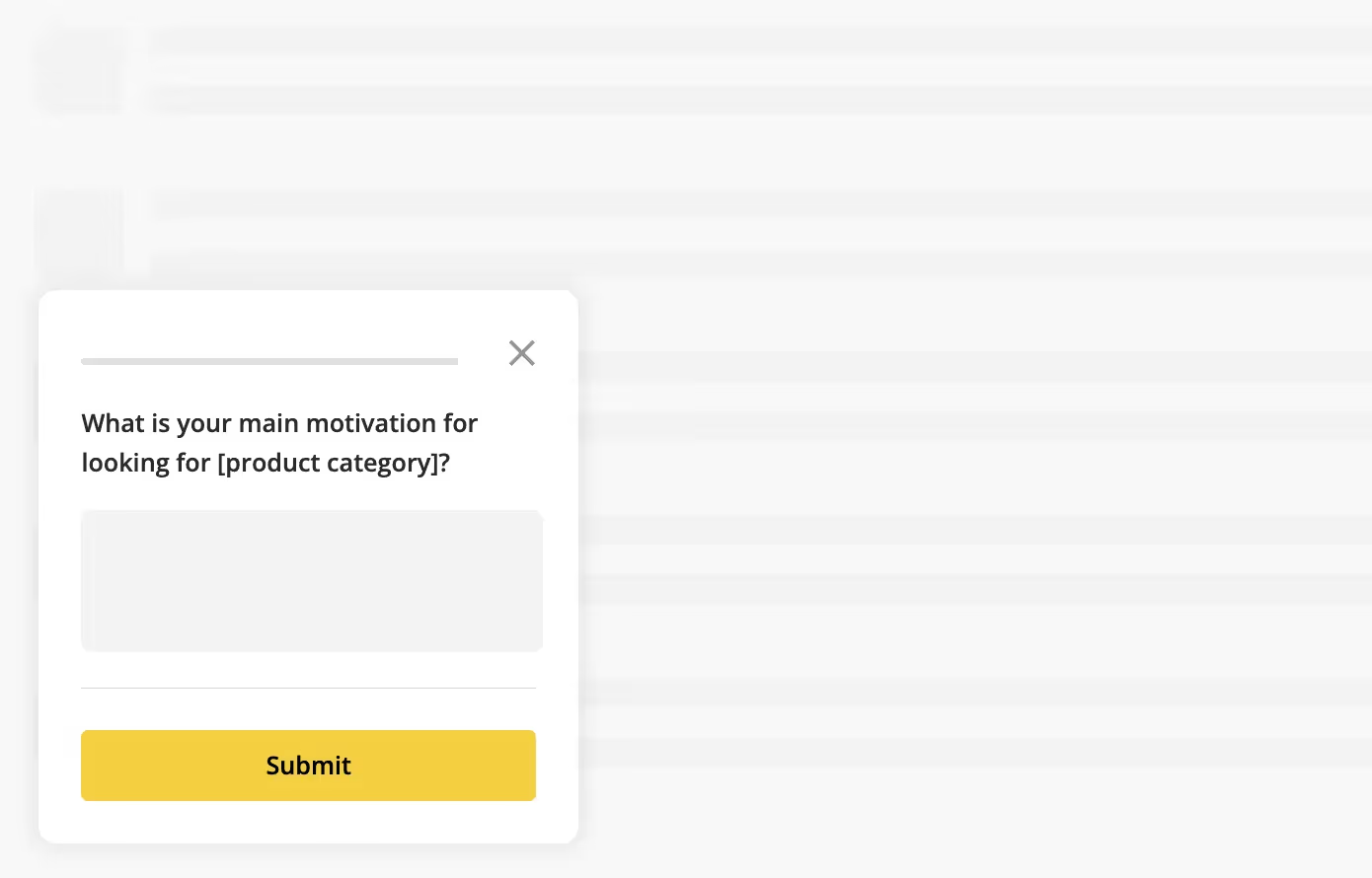
Evaluation stage
In the evaluation stage, users compare your product with others to see if it meets their needs. They may look at reviews, seek recommendations, or analyze product features in depth. It's time when they take a closer look at your pricing, and decide if they'd like to see a demo or try a free trial.
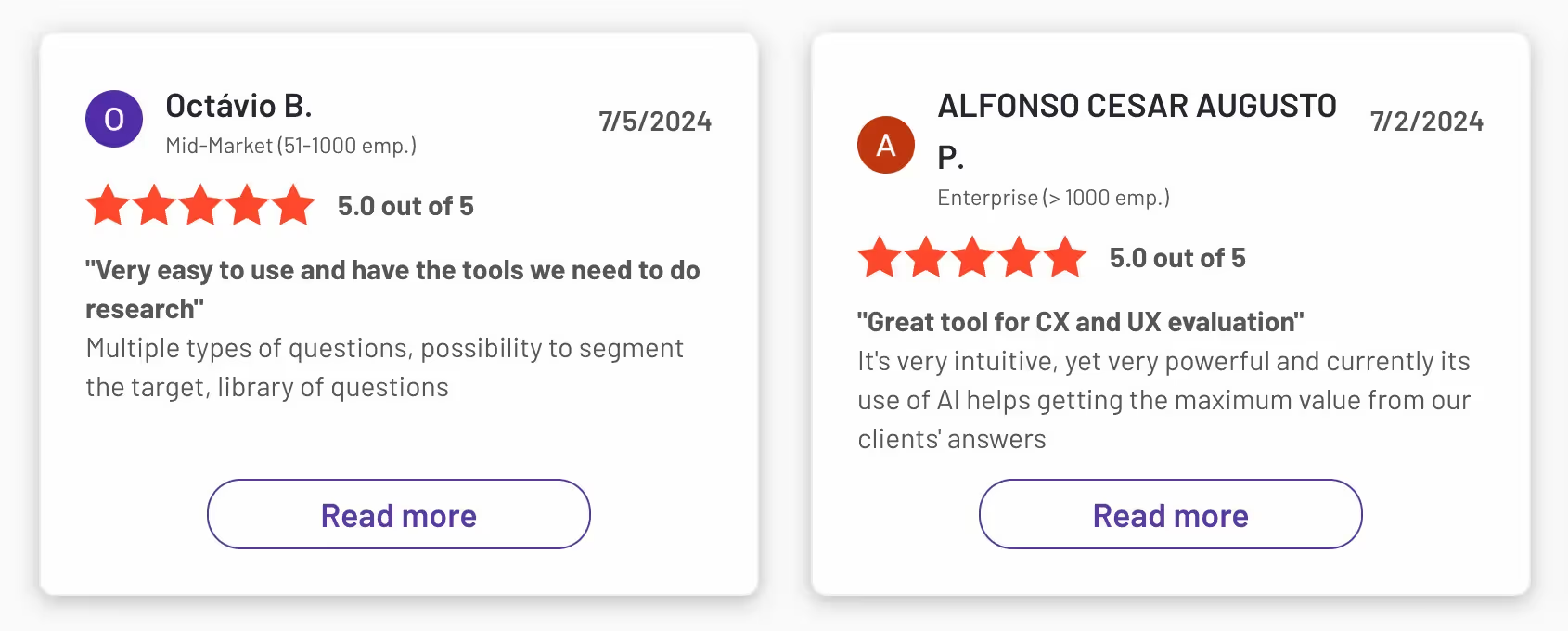
⭐️ Remember to:
➡️ Highlight unique features
➡️ Offer detailed comparisons with competitors
➡️ Provide clear and transparent information
Trial stage
Finally, during the trial stage, users get hands-on experience with your product. This stage is critical for converting interested users into long-term customers.
⭐️ Remember to:
➡️ Offer a risk-free trial
➡️ Provide support during the trial period
➡️ Gather product feedback for improvements.
Free trials, demo versions, or money-back guarantees can encourage users to give your product a chance. Ensure that you offer excellent customer support to assist them throughout this period. Their experience during the trial can significantly influence their decision to adopt the product.
Activation stage
In the activation stage, users begin to experience the value of your product firsthand. It happens when they perform key actions or complete a tasks that convince them to stay with the product.
Providing a well-designed onboarding process, interactive tutorials, and immediate value through key features can help users quickly see the benefits of your product. This stage is crucial for converting trial users into active users who are more likely to continue using the product.
⭐️ Remember to:
➡️ Ensure users have a smooth onboarding experience
➡️ Get to the AHA-moment fast
➡️ Encourage initial interaction with the product.
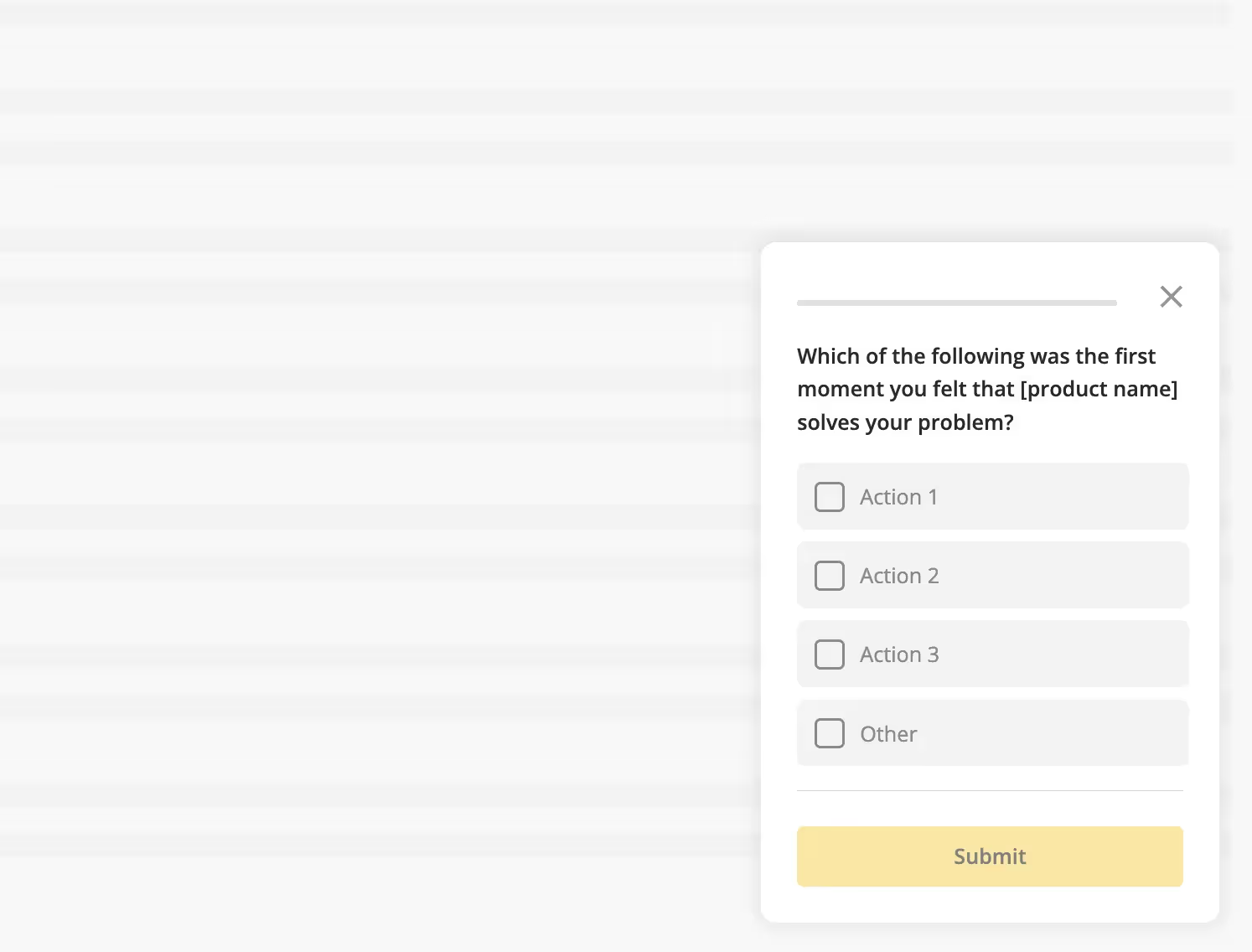
Product adoption stage
The product adoption stage is where users fully integrate your product into their routine and become regular users. At this point, they have recognized the product's value and have decided to make it a part of their daily activities.
Providing excellent customer support and actively seeking user feedback to refine the product ensures that it continues to meet user needs and expectations.
⭐️ Remember to:
➡️ Reinforce the product's value through regular updates, loyalty programs, etc.
➡️ Foster a community around the product
➡️ Collect and act on customer feedback for improvements.
Product adoption curve
Different users adopt products at different rates. The Diffusion of Innovations Theory identifies five adopter profiles:

🐜 Innovators – Love new ideas.
🐝 Early Adopters – Embrace change quickly.
🦜Early Majority – Join in after seeing benefits.
🐘 Late Majority – Skeptical but give in to pressure.
🐢 Laggards – Stick to what they know.
Each group adopts an innovation at different times and for different reasons. Innovators are the first to try new products and are often risk-takers. Early Adopters follow, usually based on the positive feedback from Innovators.
Strategies for success:
➡️ Target Innovators and Early Adopters: Focus your initial marketing efforts on these groups. They are more open to trying new products and can influence others.
➡️ Create buzz: Use social media and influencers to create excitement around your product. Positive word-of-mouth can help you reach the Early Majority.
➡️ Offer trials: Free trials or samples are an important element of your pricing research that can encourage hesitant users to try your product without any financial risk.
➡️ Communicate value clearly: Make sure your marketing messages clearly convey the benefits and usability of your product. Use testimonials from Innovators and Early Adopters to build credibility.
➡️ Monitor user feedback: Regularly collect and analyze feedback from your users. This helps in making necessary adjustments and improves product adoption rates among the remaining categories.
10 key product adoption metrics
You can and should measure product adoption, especially if you aim to enhance it.
To do it effectively, it is crucial to track user behavior, measure adoption rates, and monitor conversion metrics. A well-rounded choice of metrics will help you understand how users interact with your product and identify areas for improvement.
Product adoption rate
Measuring product adoption centers in the percentage of new users who start using your product within a specific period. It helps you understand how quickly users are embracing your product after becoming aware of it. A high adoption rate indicates that your onboarding process and initial user experience are effective.

Customer retention and churn rate
Customer retention rate indicates the percentage of users who continue to use your product over time, while churn rate measures the percentage of users who stop using it. High retention and low churn rates are crucial for sustainable growth, as they reflect user satisfaction and ongoing engagement with your product.

Conversion rate
Conversion rate tracks the percentage of users who complete a desired action, such as signing up for a trial, subscribing to a service, or making a purchase. This metric is vital for understanding how well your product and marketing efforts are turning interested users into active customers.

Customer Lifetime Value (CLV)
Customer Lifetime Value (CLV) estimates the total revenue you can expect from a single customer account over the entire duration of their relationship with your product. This metric helps you understand the long-term value of retaining customers and can guide investment in customer acquisition and retention strategies.

Daily Active Users (DAU) and Monthly Active Users (MAU)
DAU and MAU measure the number of unique users who engage with your product on a daily and monthly basis, respectively. These metrics provide insights into user engagement and the overall health of your product. A healthy ratio of DAU to MAU indicates strong user retention and habitual use.
Session duration
Session duration measures the average length of time users spend on your product in a single session. Longer session durations typically indicate higher user engagement and satisfaction, as users are spending more time interacting with your product.
Usage frequency
Usage frequency tracks how often users interact with your product within a given timeframe. High usage frequency suggests that users find your product valuable and integral to their daily or weekly routines.
Net Promoter Score (NPS)
Net Promoter Score (NPS)measures user satisfaction and loyalty by asking users how likely they are to recommend your product to others on a scale from 0 to 10. A high NPS indicates strong user satisfaction and can be a predictor of future growth through word-of-mouth referrals.
You can use Survicate's NPS survey template that can be distributed along various channels such as email, link, mobile app, website pop-up, or in-product.
Customer Satisfaction Score (CSAT)
Customer Satisfaction Score (CSAT) gauges user satisfaction with your product or specific features by asking users to rate their experience. This metric helps you identify areas of your product that are meeting or exceeding user expectations, as well as areas that may need improvement.
Free-to-use CSAT survey template
Customer Effort Score (CES)
Customer Effort Score (CES) measures how easy it is for users to achieve their goals using your product. By asking users to rate the effort required to use your product, you can identify friction points in the user experience and work on making your product more intuitive and user-friendly.
Free-to-use CES survey template
Strategies to boost product adoption
If you aim to increase product adoption, you have to understand your market, create strong value proposition, and make use of social proof. Let's have a look how these strategies ensure more users engage with your product and become loyal customers.
Segment your customers
Understanding your target audience is crucial. Start by identifying different user personas. Group users based on their needs, preferences, and behaviors. This will allow you to tailor your approach for each segment.
Taxfix does it by asking three additional questions in the NPS survey. “We already have their attention—why not try to get something else?" Krzysztof Szymański, Heod of CRM at Taxfix explains. By using data from customer interactions, they're able to personalize the content they share with various customer segments, and eventually offering more personalized user experiences.
When users feel understood and catered to, they are more likely to adopt the product.
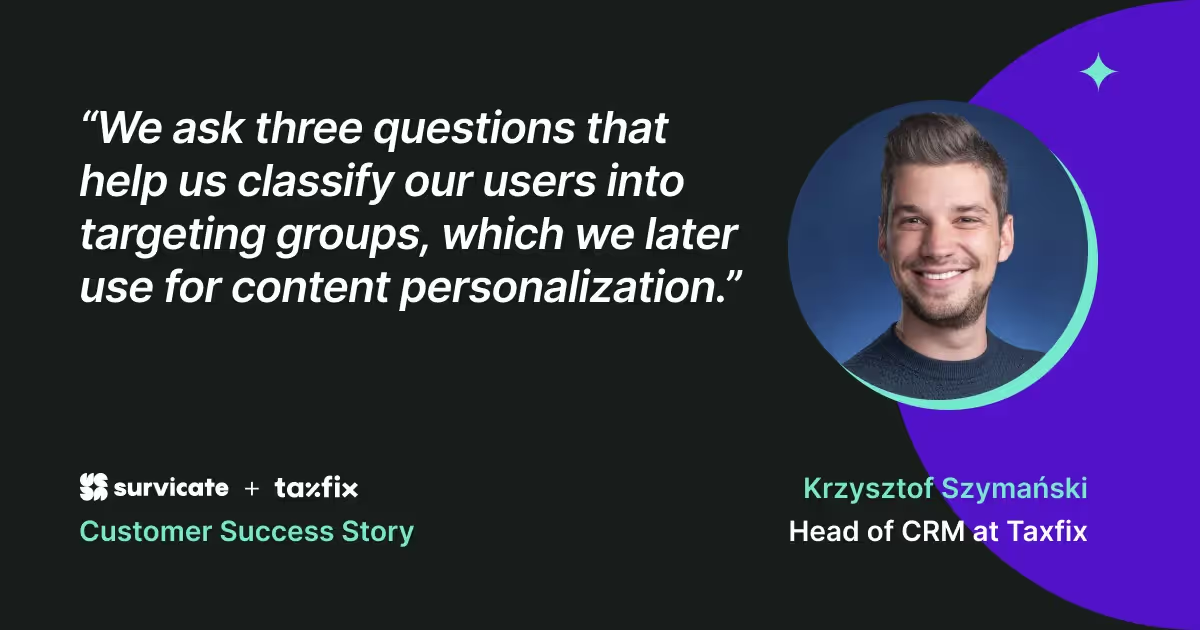
Create a compelling value proposition
A clear value proposition explains why your product is worth using. It should highlight how it solves specific problems for your users. Be concise and make sure it's easy to understand.
Think about the unique features of your product. How do they benefit the user? Maybe your product saves time or improves productivity. Communicate these benefits clearly in your marketing materials and onboarding process.
Use examples and testimonials to show real-life benefits. This makes your value proposition more credible and convincing.
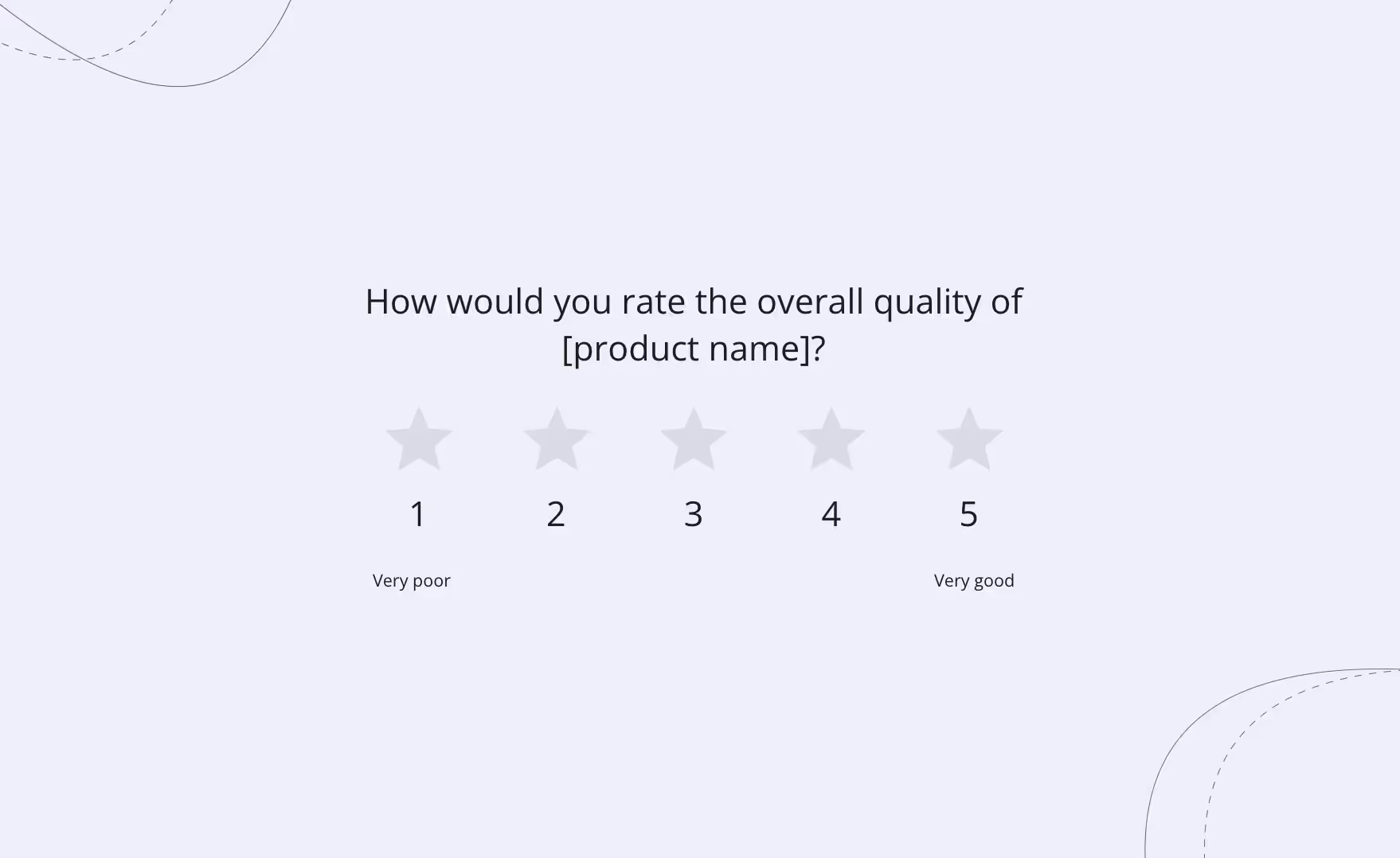
You can also use surveys to measure your value proposition. For new products, use a Product-Market Fit survey, otherwise, you can leverage Net Promoter Score or CSAT surveys.
Leverage social proof
Social proof means using online reviews, testimonials, and case studies to show that others find your product valuable. It's a powerful tool to build trust.
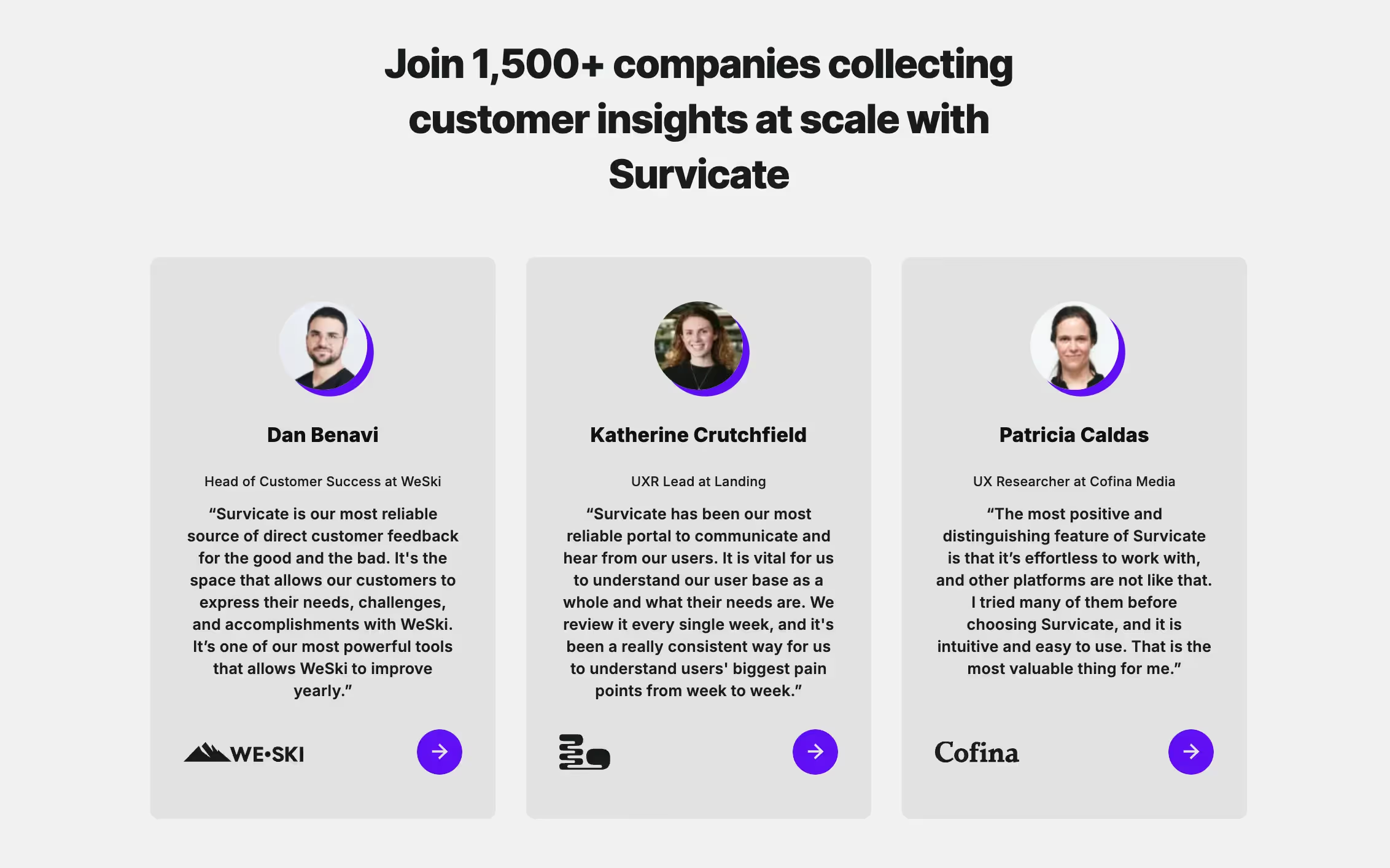
Encourage satisfied users to leave positive reviews. Share success stories from existing customers. This can be through interactive walkthroughs or testimonials.
Sharing the news about new badges on Survicate's Linkedin profile
Highlight any awards or recognitions your product has received. Display user counts or names of well-known clients. These elements reassure potential users that your product is reliable and well-regarded.
Incentivize users to share their positive experiences on social media or reviewing platforms. This can expand your reach and attract new users.
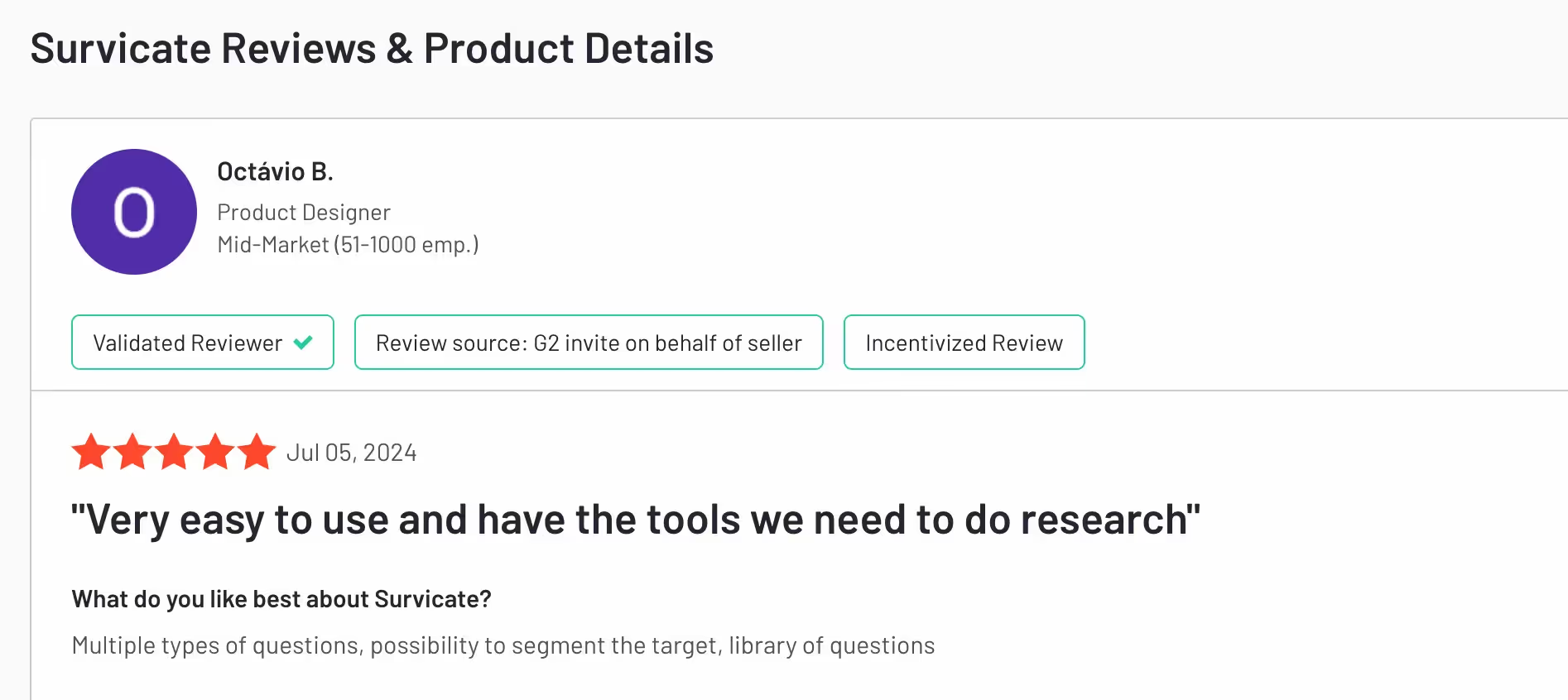
Map out the customer journey
While improving your product's adoption rate may be a goal on its own, your chances to succeed without a thorough understanding of the digital journey are low.
Identify touchpoints
Before you start mapping the customer journey, you have to identify touchpoints. They are places where users interact with your product or service, including website visits, social media interactions, customer service experiences, and in-app notifications.
A clear touchpoint map allows you to see patterns and understand user behavior better. Knowing where and when your users engage can guide improvements in their experience.
Optimize customer experience
Optimizing customer experience involves refining each interaction based on insights from the journey map. Focus on easing pain points and enhancing moments of delight.
Begin by analyzing feedback collected at each touchpoint. Look for recurring issues or positive highlights. Implement changes that address these areas. For example, if users struggle with navigation, simplify the user interface.
Continuous monitoring and adjustment are key. Regularly update your journey map and optimization strategies to keep improving the user experience.

Use customer feedback to improve product adoption
Improving product adoption is a complex challenge that requires a strategic approach. You can make significant strides in enhancing your products by listening to your users, and acting upon their feedback.
With Survicate you can easily collect and analyze feedback through surveys, segment responses to address specific user groups, and quickly implement changes based on real user insights. By integrating feedback directly into your workflow you ensure acting promptly and keeping users informed about how their input continuously shapes the product.
Ready to see the impact of effective feedback management on product adoption? Try Survicate for free with a 10-day trial that includes all Business Plan features.











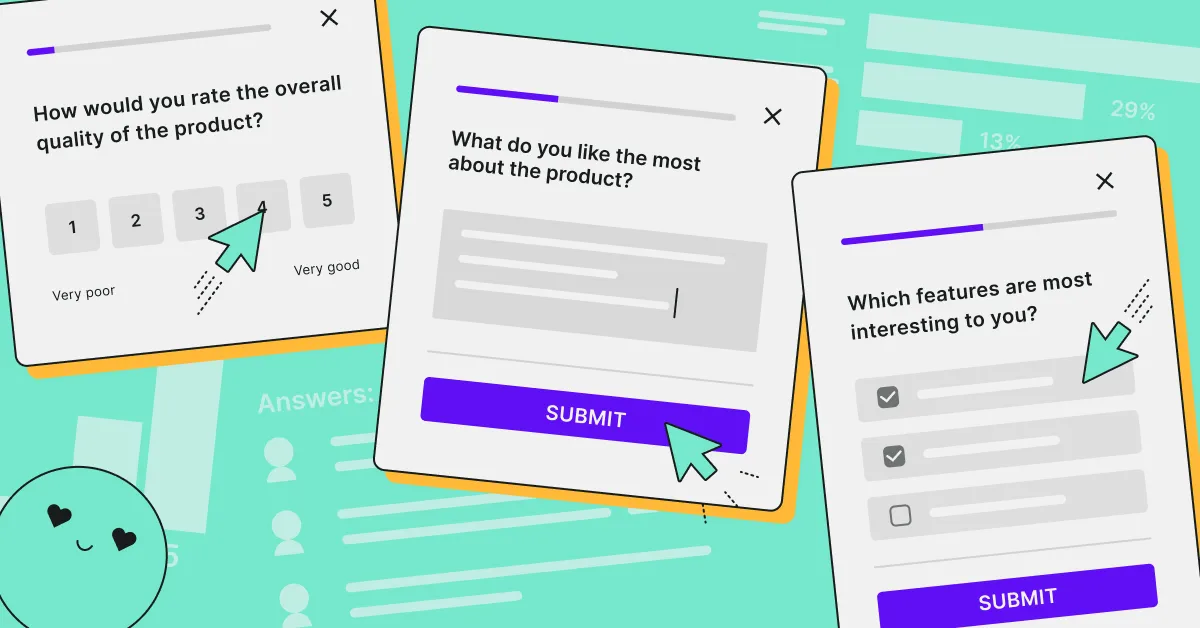
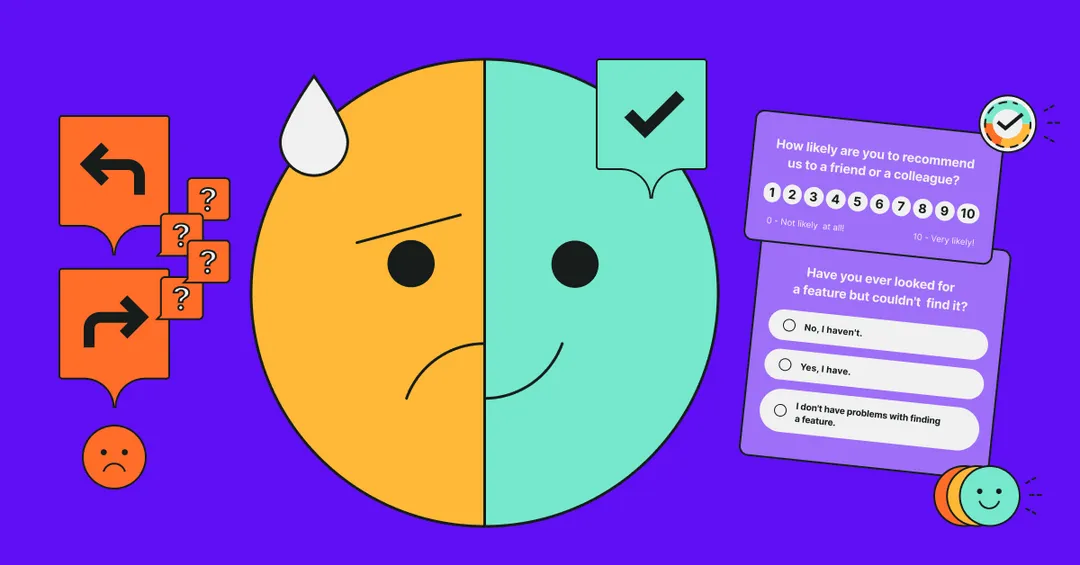
.webp)
.webp)
.svg)

.svg)



